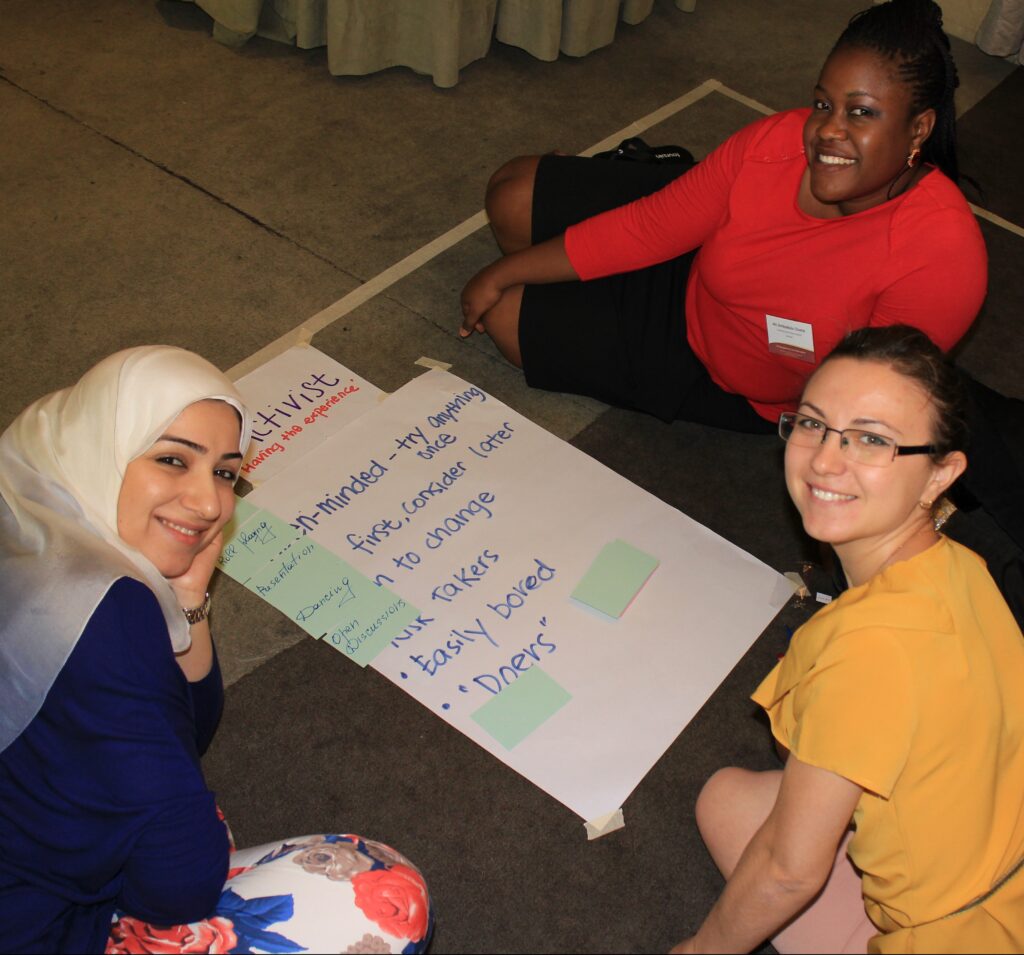Navigating Your Career Aspirations
Taking Care of Your Own Career Plan
First of all, career planning goes beyond presenting a nice picture that depicts the roadmap from junior towards senior positions. It involves customisation of this roadmap for each individual. I.e., matching current and future foreseeable career needs with the options available within and beyond the organisation. It also includes developing necessary competencies for present or future jobs. This means, the acquisition of knowledge, skills and specific personal attributes.
Step 1: Review Personal Career Aspiration
- Understanding personal career vision, passion, strengths and preferred environment
- Recognising personal career motivators or anchors
- Identifying desired role(s) to progress within short-term and long-term period

Step 2: Identify Capability Gaps
- Assessing against required competencies of the desired role(s)
- Identifying competency gaps, i.e. strengths and areas for development
- Evaluating role readiness

Step 3: Map out a Personal Career Development Plan
- Understanding personal learning preference
- Setting career development action plan
- Agreeing with supervisor on implementation (figure below)

Designing a Career Roadmap
Navigating Your Career Aspirations
Step 1: Reviewing Personal Career Aspirations
Firstly, in order to translate the career roadmap for Nadia, she needs to first explore her career aspirations. During the career exploration stage, questions about her personal gifts, her talents and her passion would be useful to guide her career visioning. Moreover, it might benefit her to analyse personal career motivators (Career Anchors by Edgar Henry Schein) and personality profiles such as DiSC because certain personality characteristics match some roles better than others. Using this helpful information, Nadia has specified her short-term career aspiration – usually for a timeframe of 2 to 3 years – as Manager at Human Resource. Additionally, Nadia has stated her long-term career aspiration as Senior Manager at Human Resource that she would like to attain after 4 years.

Step 2: Identifying Capability Gaps

Step 3: Establishing a Career Plan


